Galaxy S24 — 5 lessons Samsung can learn from the iPhone 15 and Pixel 8
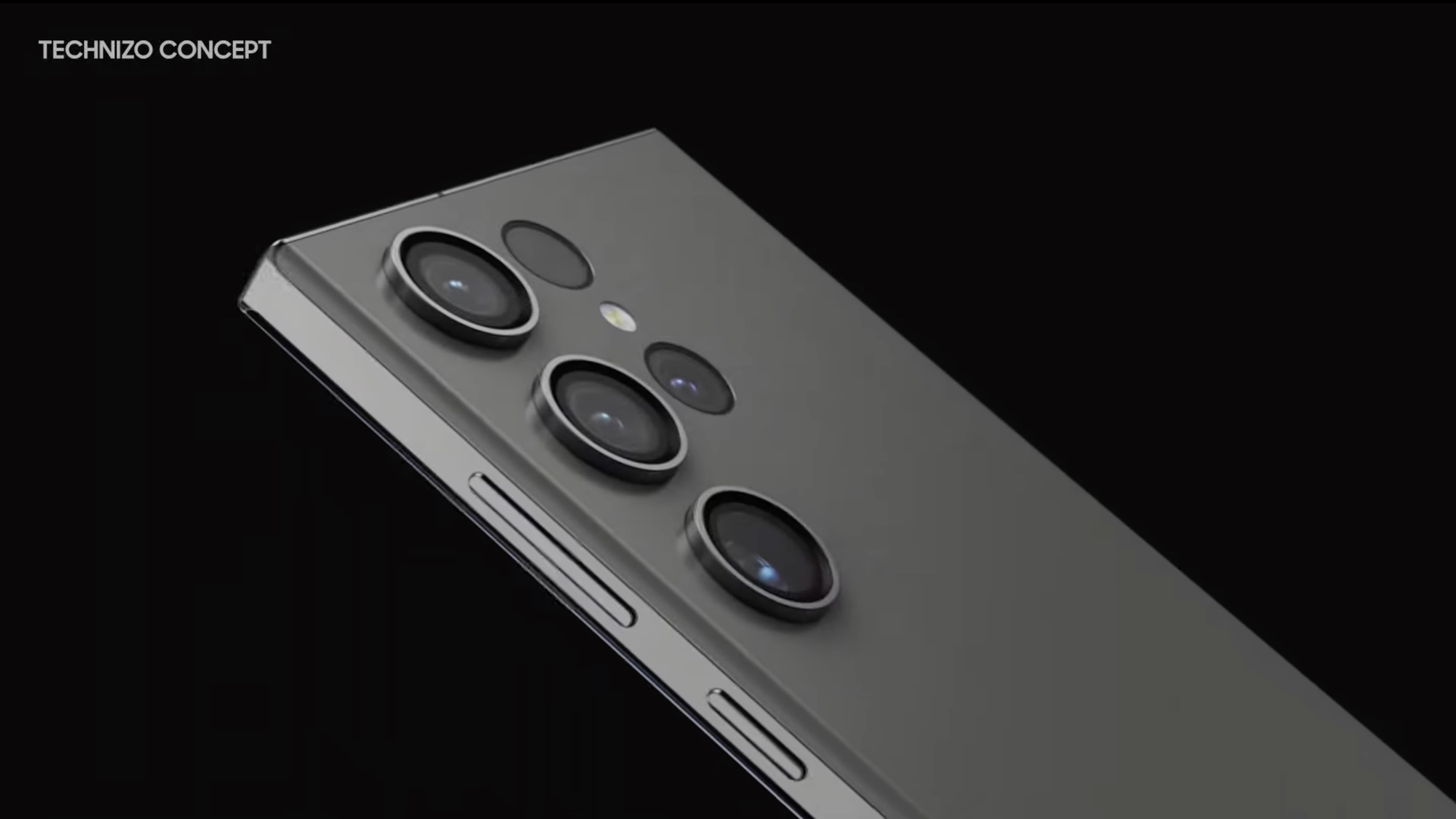
When it comes to releasing new smartphones, Samsung benefits from a quirk of the calendar. Apple and Google, Samsung's chief rivals on the phone front, introduce their new flagships each fall, hoping to ride the wave of holiday sales. But because Samsung's Galaxy S phones typically come out at the start of each year, that gives Samsung the chance to see what the competition is up before releasing its own handsets.
That's not to suggest that Samsung waits around for the next iPhone and Pixel devices before deciding what it will and won't do with the upcoming Galaxy S models. Work on the Galaxy S24 series coming out early next year was likely well underway by the time the iPhone 15 and Pixel 8 made their debuts, for example. But Samsung can see what those different phones deliver and adjust the messaging around its own flagship accordingly.
In the case of marketing the Galaxy S24, then, Samsung will have plenty of intelligence to draw upon, thanks to what the iPhone 15 and Pixel 8 releases have delivered. Those Apple and Google devices immediately joined the ranks of the best phones out there, drawing on the relative strengths of their cameras, displays and overall performance.
Here's a look at some of the key lessons Samsung could pick up from the iPhone 15 and Pixel 8 releases and how those might shape what the phone maker choose to emphasize when the Galaxy S24 hits the market in the coming months.
We want cameras that perform well in low light

Camera capabilities tend to be the most scrutinized aspect of any new phone. And these days, the focus seems to be on just how well a phone's cameras can perform when the lights are low.
Low-light photography certainly seemed to be on the minds of Apple and Google when they prepped their most recent flagship releases. All four iPhone 15 models boast an improved Photonic Engine to bolster the color and detail of photos captured in night mode. Meanwhile, the main camera on both the Pixel 8 and Pixel 8 Pro features a wider aperture than Google's earlier flagships, allowing those newer phones to capture more light when taking photos.
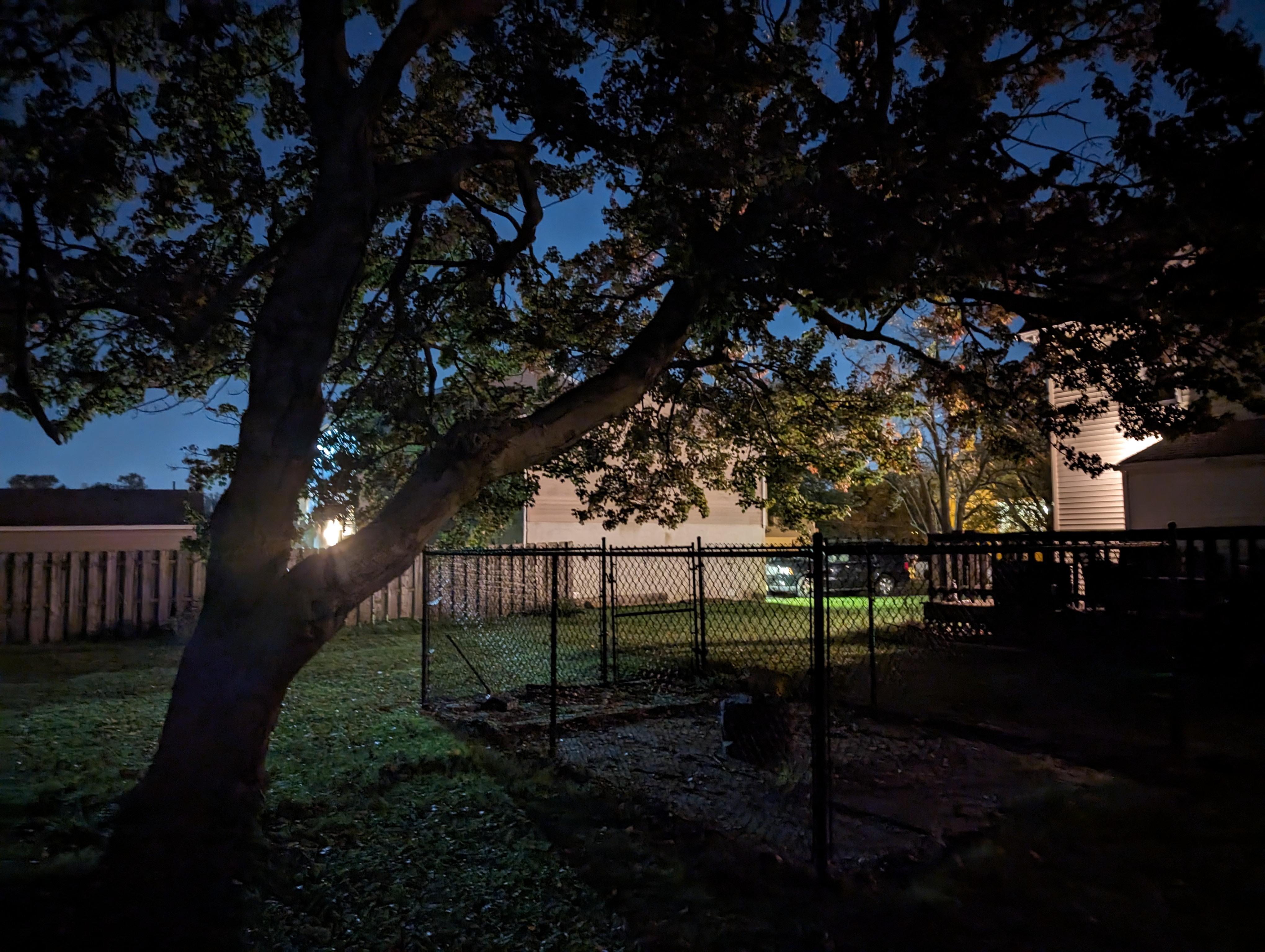
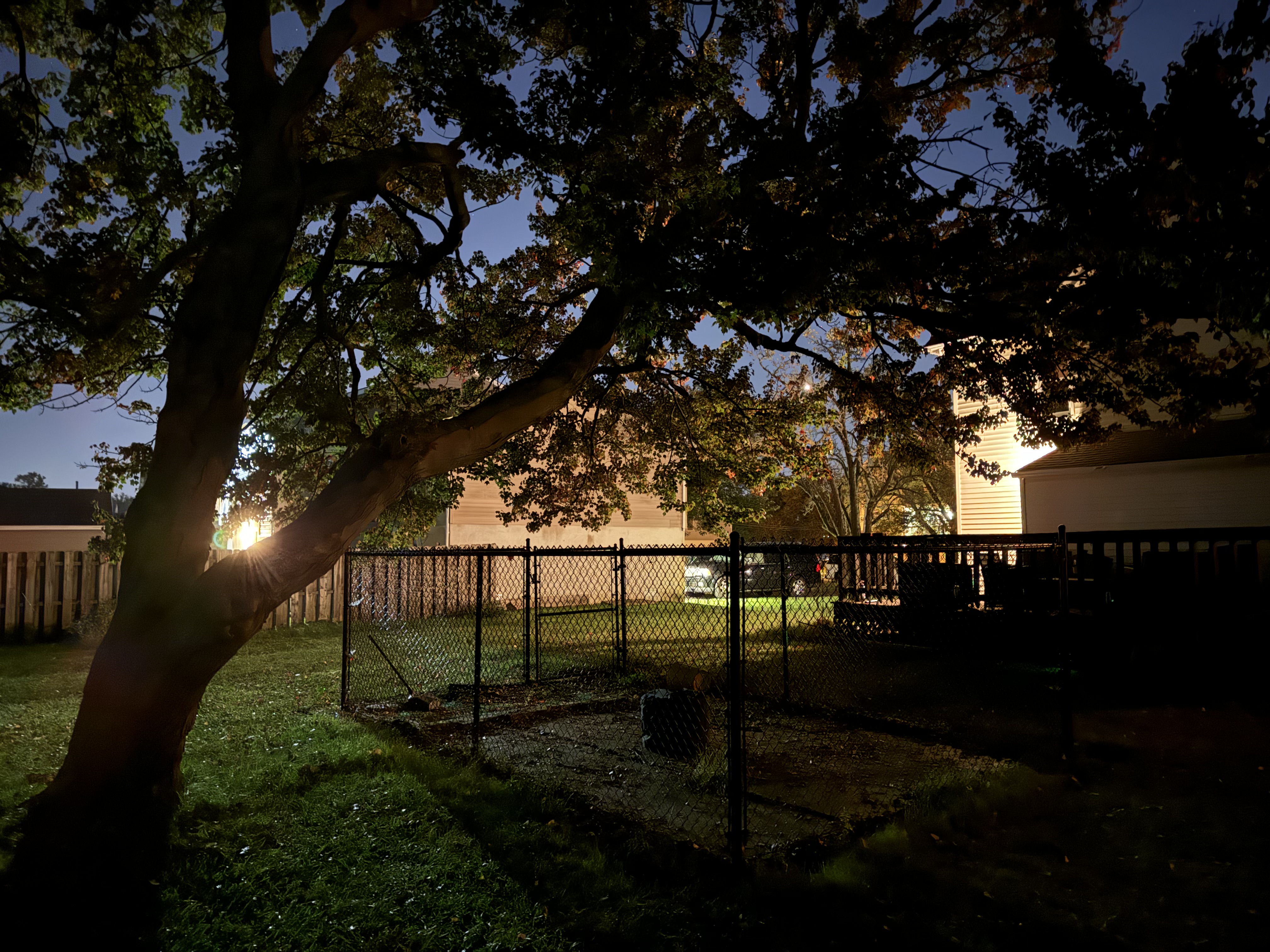
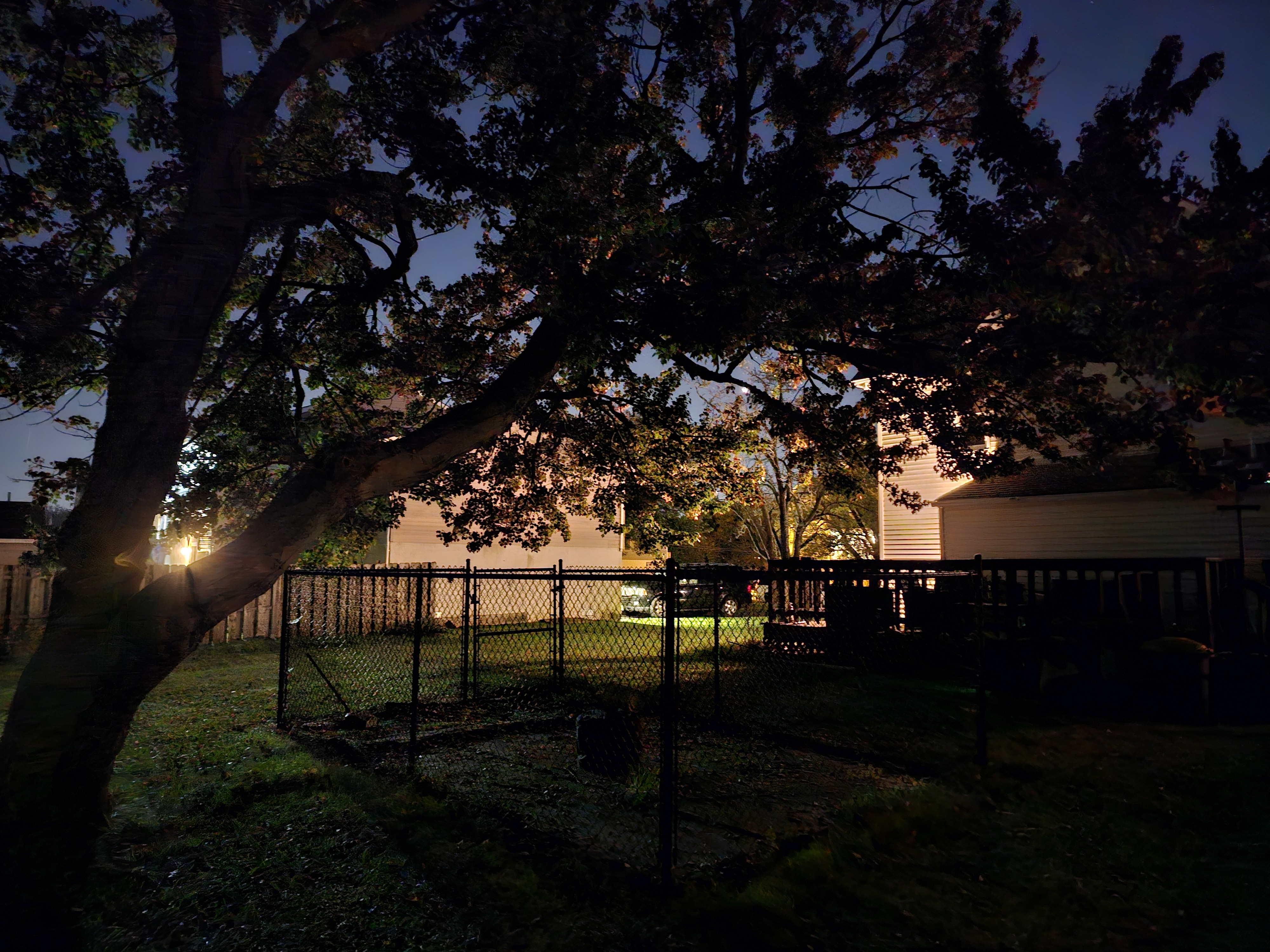
The results can certainly be seen when you compare the iPhone 15's low-light output to other top camera phones, including comparable Galaxy S23 models. From the entry level iPhone all the way up to the iPhone 15 Pro Max, Apple's latest handsets turn out detailed photos in low-light, particularly when you turn to the cameras' night mode. In our recent low-light camera shootout, the iPhone 15 Pro Max stood out as the clear winner over top phones from Google and Samsung.
Get instant access to breaking news, the hottest reviews, great deals and helpful tips.
We expect that Samsung is going to make sure that the Galaxy S24 improves upon the low-light performance of the current Galaxy S23 models. An early Galaxy S24 Ultra rumor claims that Samsung's premium phone will adopt a 1-inch sensor for its main camera. That would be the largest sensor on the market and would allow the S24 Ultra to capture more light, among other benefits. We expect to hear more rumors about the low-light photo capabilities of Samsung's upcoming phones in the build-up to their 2024 release.
Samsung's zoom lens dominance is being challenged
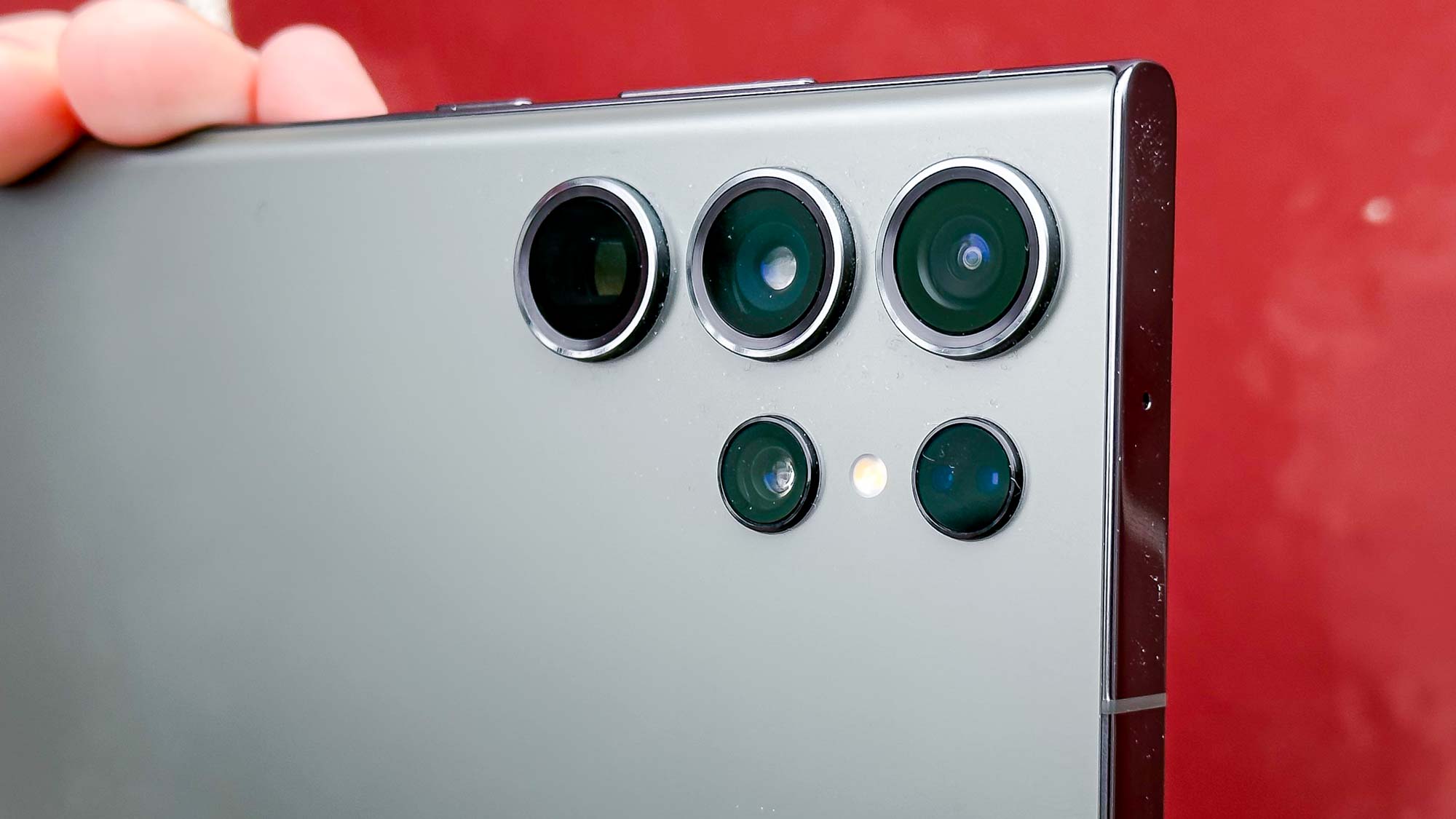
For a while now, the Galaxy S lineup — particularly the Ultra model — has been where you turn if you want the best zoom shots a smartphone can offer. That hasn't changed in the past year, though the gap has closed considerably.
Apple's made the biggest strides in challenging the Galaxy S23 Ultra for telephoto lens supremacy with the iPhone 15 Pro Max. That phone features a tetraprism telephoto lens capable of a 5x optical zoom. Sticking to 5x shots, the iPhone holds its own against the Galaxy S23 Ultra and its pair of telephoto lenses (one capable of a 3x zoom, the other a 10x lens) — in some of our tests, the iPhone 15 Pro Max even delivered sharper, warmer pictures than the Galaxy.
Samsung retains its edge once you zoom beyond that 5x optical range. While the iPhone 15 Pro Max can go up to 25x thanks to its digital zoom, you'll start to see more noise in its photos. The Galaxy S23 Ultra and its 100x Space Zoom feature keeps things sharper and more defined.
Still, it's clear that Samsung can't afford to rest on its laurels, especially given the rumors that next year's iPhone 16 Pro model will likely adopt that tetraprism zoom lens. To that end, there's multiple rumors about the Galaxy S24 Ultra's telephoto lenses. One report has Samsung opting for a 50MP telephoto lens with either a 3x or 5x zoom, which could produce more detailed shots. There's also talk of a variable folded telephoto lens that could switch between 3x and 10x zooms more seamlessly — ideal for video capture.
Display brightness is the new battlefront
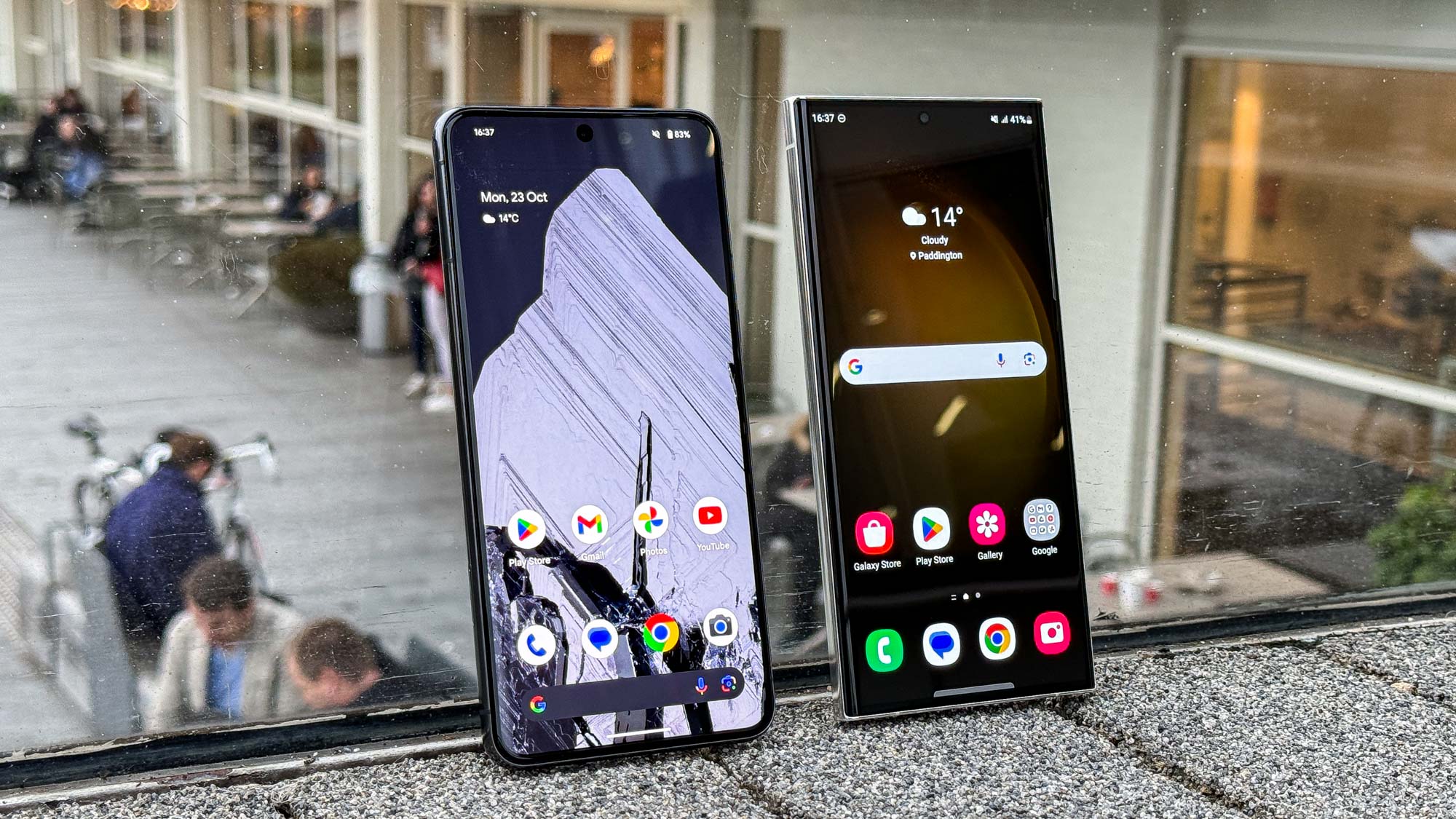
With the release of the Pixel 8 series, Google threw down the gauntlet when it comes to the brightness of phone screens. The new Actua display on the Pixel 8 claims a peak brightness of 2,000 nits, while the Pixel 8 Pro's panel can reach 2,400 nits. For context, the Galaxy S23 lineup caps brightness at 1,750 nits.
In our lab testing when displaying HDR content, Apple's iPhone 15 lineup proved to have the brightest displays. (Apple boosted the brightness of the iPhone 15 and iPhone 15 Plus panels in this year's updates, too.) But the Pixel 8 models are definitely brighter than the comparable Galaxy S23 devices.
| Row 0 - Cell 0 | Screen size | Brightness (nits) |
| Samsung Galaxy S23 | 6.1 inches | 1,340 |
| Samsung Galaxy S23 Ultra | 6.8 inches | 1,225 |
| iPhone 15 | 6.1 inches | 1,401 |
| iPhone 15 Pro Max | 6.7 inches | 1,550 |
| Google Pixel 8 | 6.2 inches | 1,349 |
| Google Pixel 8 Pro | 6.7 inches | 1,526 |
That could change next year. Rumors suggest Galaxy S24 models could be brighter than their predecessor with reports specifically tipping the Galaxy S24 Plus to feature a peak brightness of 2,500 nits while the Galaxy S24 Ultra hits the 2,800-nit mark. Whatever happens, you can expect that Samsung is not about to let its phones be outshined by the competition.
Chipset consistency matters
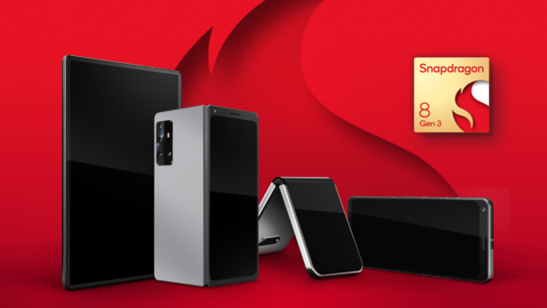
One of the best things about the Galaxy S23 lineup is that no matter what part of the world in which you bought the phone, you got one with the same silicon running the show. (It helped that the chipset in question — the Snapdragon 8 Gen 2 — was not only optimized for the Galaxy lineup but that it also contributed to longer battery life for the new models.) That's a departure from past Samsung practices where phones released in some markets would get Qualcomm chipsets while others would run on Exynos silicon.
Unfortunately, Samsung appears not to have noticed what a succesful move it was to equip all S23 models with Snapdragon 8 Gen 2 chipets. A rumor suggests that Galaxy S24 phones released outside the U.S. will use the Exynos 2400 system-on-chip instead of the Snapdragon 8 Gen 3 powering other models. The exception is expected to be the Galaxy S24 Ultra, which should feature the new Snapdragon chip in every market.
What makes this rumored move even more perplexing is that Samsung's rivals illustrate the importance of chipset consistency. Apple uses the older A16 Bionic silicon on its entry-level iPhone 15 models instead of the A17 Pro found in the iPhone 15 Pro, and it makes an otherwise great iPhone feel like a hand-me-down. (In fact, there's a rumor Apple could drop this practice with the iPhone 16, giving every model a different version of the upcoming A18 chip.) In contrast, Google uses the same Tensor G3 chipset in both Pixel 8 models, delivering a consistent experience no matter what phone you buy.
Here's hoping Samsung sees the light and sticks with one chipset for its upcoming phones — especially given that the newly unveiled Snapdragon 8 Gen 3 sounds like a real improvement over its impressive predecessor.
Don't forget about battery life
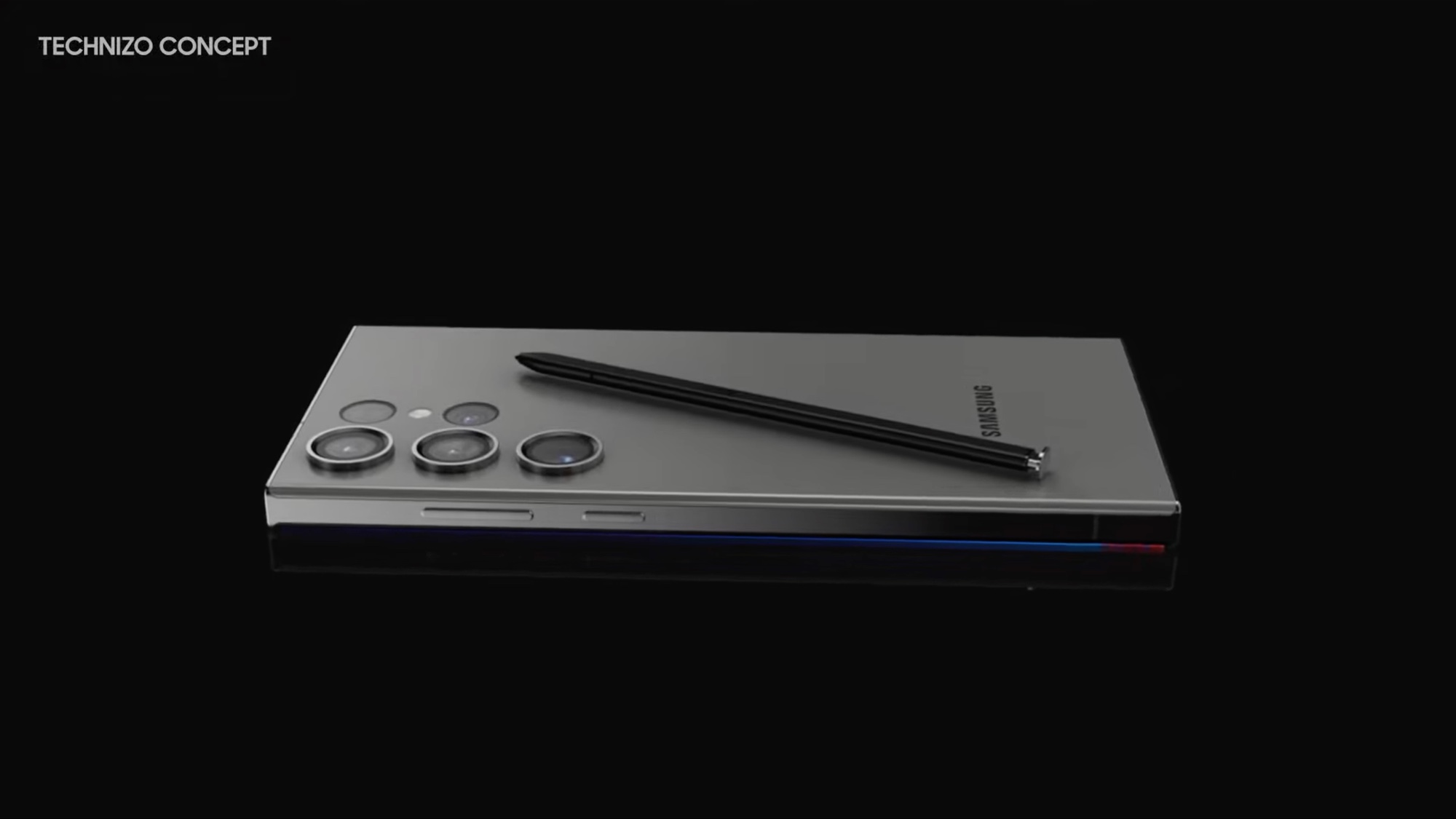
Samsung doesn't need reminding about how important battery life is when picking out a smartphone. But its rivals sure provided a reminder, as every iPhone 15 model saw its battery performance improve on its predecessor in our custom battery test. Even Pixels, which have recently struggled to deliver long life on a single charge, saw gains with the Pixel 8 release.
We haven't heard much about Samsung's battery plans for the Galaxy S24, but if the Galaxy S23 is any indication, we don't need to worry about Samsung overlooking the importance of a long-lasting phone. The Galaxy S23 Ultra landed a spot on our best phone battery life list while the Galaxy S23 Plus just missed the 11.5-hour cutoff. Hopefully, the momentum can continue with the Galaxy S24, when those new models arrive early next year.
More from Tom's Guide
- Samsung Galaxy S24 Ultra’s camera could get some incredible zooming features
- Samsung Galaxy S24 Ultra needs to steal this from Google Pixel 8 Pro
- Google Pixel 8 Pro vs Galaxy S23 Ultra
Philip Michaels is a Managing Editor at Tom's Guide. He's been covering personal technology since 1999 and was in the building when Steve Jobs showed off the iPhone for the first time. He's been evaluating smartphones since that first iPhone debuted in 2007, and he's been following phone carriers and smartphone plans since 2015. He has strong opinions about Apple, the Oakland Athletics, old movies and proper butchery techniques. Follow him at @PhilipMichaels.

